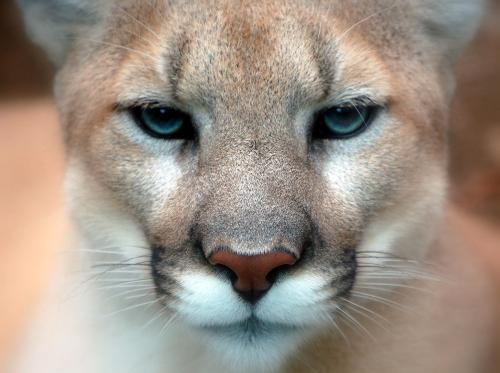Richard J. King is–as one can tell fairly on, and admits to in depth at the end of the book–a cormorant fan; a cormorant apologist one might even say. But his book is an interestingly balanced look at various cormorant species their natural history, and their interactions both positive and negative with humans.

I was actually a bit shocked about how negative some people were about the birds, and about my ignorance of the negative culture associated with the bird. The depth of this hatred seems partially cultural — often referred to as a sea crow or sea raven, has like the corvids, had them gluttony, death, and the devil through history and literature.
Like corvids they do get some appreciation from some parts of the worlds. In Asia, they have been semi-domesticated as fisherman — putting their “gluttonous” ways to good use.
Their gluttony is the source of modern day hatred — sport fisherman (england and the midwest) and fish farmers (the south and in europe) in particular see them as a threat, and the spread of double-crested cormorants in particular has caused consternation. The case of the fish farmers is the strongest as the birds have proved to be difficult to keep out and wily enough to evade and ignore some attempts to keep them out.
Sport fisherman have gone so far as to massacre breeding cormorants in the Great Lakes and elsewhere when they felt their case was being ignored by authorities. Their case often casting the cormorant as an invasive species and eating above and beyond what other birds eat, seem a little more suspect.
In the Northwest, great lengths have been gone through to adjust bird populations (not just Cormorants) to allow for more young Salmon to reach the sea. Interestingly it is mostly inland fisherman who see them as a threat — ocean fisherman see birds as an indicator that there is fish to catch. The data showing cormorants as a villain in lakes (eating through populations of fish people want to catch) seems pretty thin from the perspective of this book. It does show the difficulties that managing agencies have in meeting the expectations and desires of people on all sides of the equation.
On a more positive note, in Peru, a particular species of Cormorant provides for quite a living mining its guano — this proved to be one of the more interesting stories in the book, where clipper ships returning from San Francisco in the mid 1800s would stop off at these islands to top off on this particular guano which was considered to be some of the best fertilizer in the world. It’s fame set off a run on the guano, horrible labor practices with imported Chinese indentured servants were instituted, political disputes flared, and of course, finally, collapse. All the birds run off or killed, and the islands mined down. Later it started to be harvested in a more sustainable manner which allowed the birds to bounce back, unfortunately the amazing runs of herring were also discovered at the same time, and the eventual collapse of those fisheries led to a second collapse in the cormorant population. It’s only recently with the rise of organic farming, and the return of some of the fish, has their been another resurgence of cormorants.
All of this “unnatural” history is peppered with the various species’ natural history along with the men and women who first came across them (and often ate them — the question of how the various species tasted is a constant through the book).
They are in short amazing birds, and this book is a great insight into their character and ours.
Find on Amazon: The Devil’s Cormorant: A Natural History
* The photo is from a the Borken River in Eungella National Park, Queensland, Australia: two cormorants of different species squabbling over a rock in a platypus’ pool
Read Full Post »
 originally posted to Flickr as Those Eyes, by Art G.
originally posted to Flickr as Those Eyes, by Art G.
